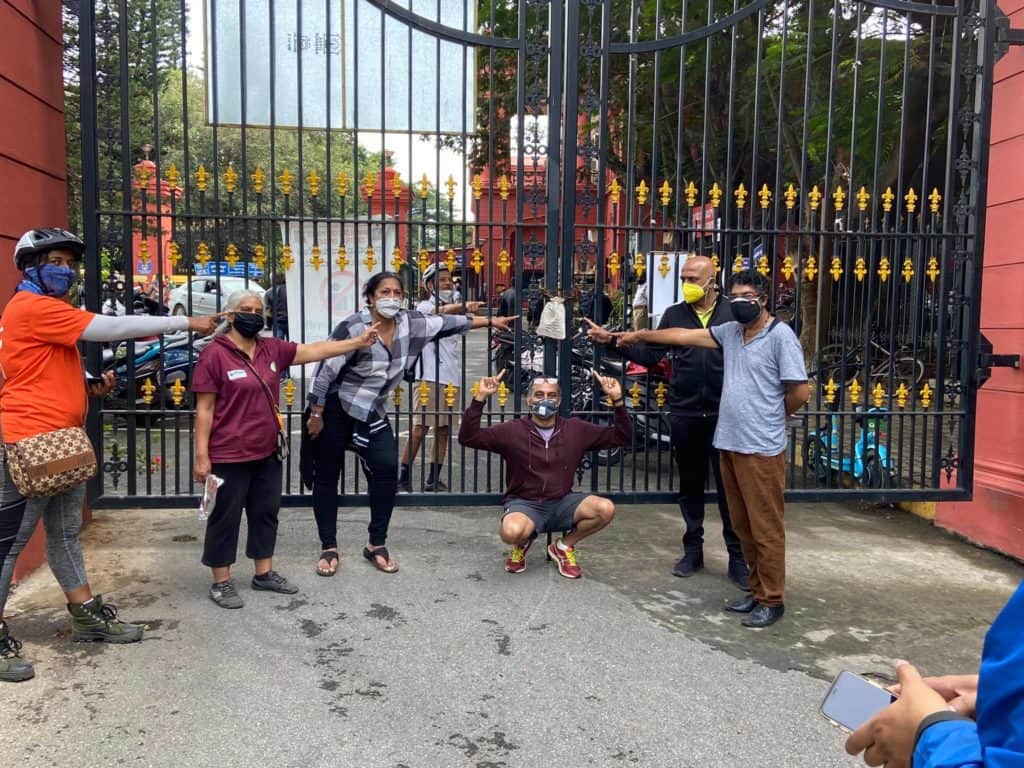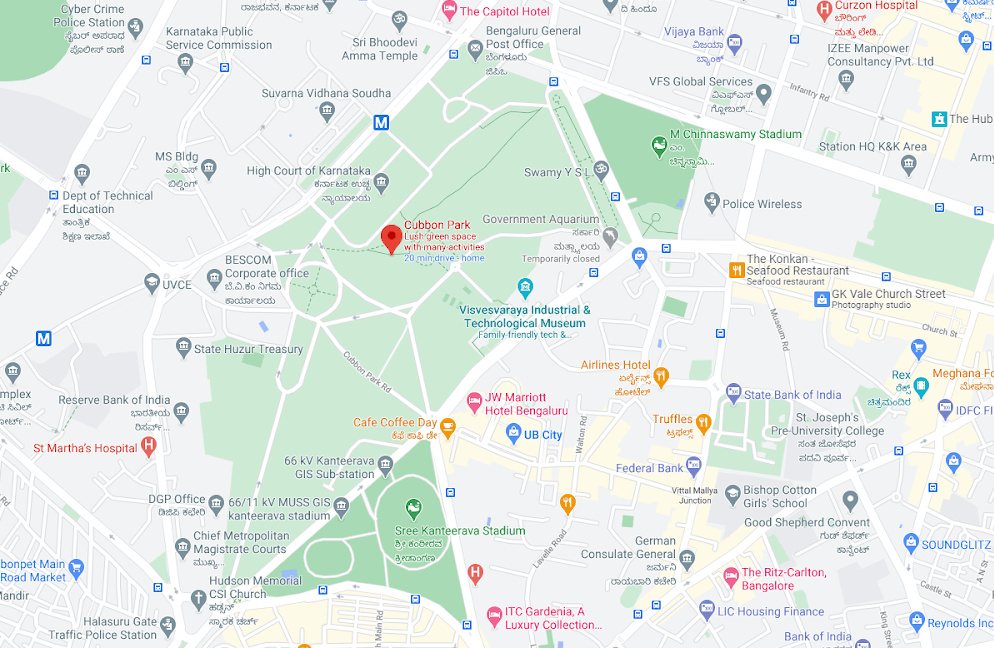In the past few weeks, many Bengalureans protested the reopening of Cubbon Park to vehicles, saying this lung space needs to be protected. The 300-acre park had been closed for about five months since the imposition of COVID lockdown. The protesters pointed to examples like Central Park in New York, where city authorities have completely banned motorised traffic.
Despite protests, the State Horticulture Department allowed the park to be opened to vehicles last week based on a request from the Bengaluru Traffic Police.

Is vehicular traffic essential inside Cubbon Park? Would banning traffic here significantly inconvenience motorists?
To understand this, Prof Ashish Verma, Hemanthini Allirani and Harsha Vajjarapu of the Department of Civil Engineering in the IISc (Indian Institute of Science) assessed the traffic and emission impact of banning vehicles in the park. Their study used a macro-simulation approach to understand the impacts of closing the park on the whole Bengaluru Metropolitan Region (BMR).
Here’s what the study found:
- Banning vehicles in the park will actually reduce the total Vehicle Kilometres Travelled (VKT) in BMR. VKT will reduce by 0.44% – from 32.08 million km per day now to 31.94 million km per day if vehicles are banned in the park. The study says the reason for this could be travellers re-adjusting their route – in the current scenario, some travellers may be taking a longer route through the park so as to avoid the traffic outside.
- Reduced VKT also translates to reduced CO2 and PM2.5 emissions. CO2 emissions will reduce by 0.32% overall in the BMR network, and PM2.5 by 0.41%.
- There is no substantial reduction in traffic even when the park is opened to vehicles. There’s no improvement in congestion (as measured by V/C ratio) in the roads adjoining the park. The Level Of Service (LOS) of these roads remain in the worst category ‘F’.
Therefore, the study says, opening Cubbon park to traffic will not result in any noticeable gains on the roads surrounding it. Whereas banning traffic through the park will help preserve an ecologically-sensitive area, and will improve people’s quality of life by enabling access to a major lung space that’s also socially vibrant.
Read the full study here.

Ban traffic in park, give alternatives, recommends study
Based on its findings, the study recommends permanently banning vehicles inside Cubbon Park. It also suggests the following.
- Given that the roads in the area are already functioning at the worst LOS, sustainable measures like strengthening of public transport (bus, Metro, etc) coupled with disincentivisation of personal vehicles should be adopted. This will induce mode shift towards public transport, walking and cycling.
- Local, low-cost traffic management measures (junction improvements, one-way/two-way, traffic signal timings, etc) can be worked out for some short-term relief in roads adjoining Cubbon park.
- Banning traffic will affect accessibility of organisations functioning inside the park. Recommendations to mitigate their difficulties:
- A survey can be done in each of these organisations, to map the Origin-Destination of their employees and visitors. Based on this, targeted improvements should be done in bus and Metro connectivity to make it easier for them to use public transport to reach the park.
- A service quality assessment of pedestrian and cycling facilities in and around Cubbon park can be done by DULT along with other concerned agencies. Based on this, targeted improvements can be done on these facilities, to improve last mile connectivity to the park from nearby Metro stations and bus stops (such as good quality footpaths, cycle paths, cycle sharing systems with docking locations inside the parks as well as the nearby public transport stops, electric rickshaws/carts inside the park especially for the elderly and people with disabilities).
- Based on feasibility and without impacting the ecology of the park, underground parking with very limited capacity (say one-third of the existing parking demand) can be set up at a convenient location for those still coming in by their own vehicles.
- A long-term plan can be prepared to make Cubbon park a more socially-vibrant space, without impacting the park’s ecology. The plan can suggest ways to increase recreational activities and other forms of social engagement in the park.
On September 12, Prof Ashish Verma explained the study in detail in a webinar: